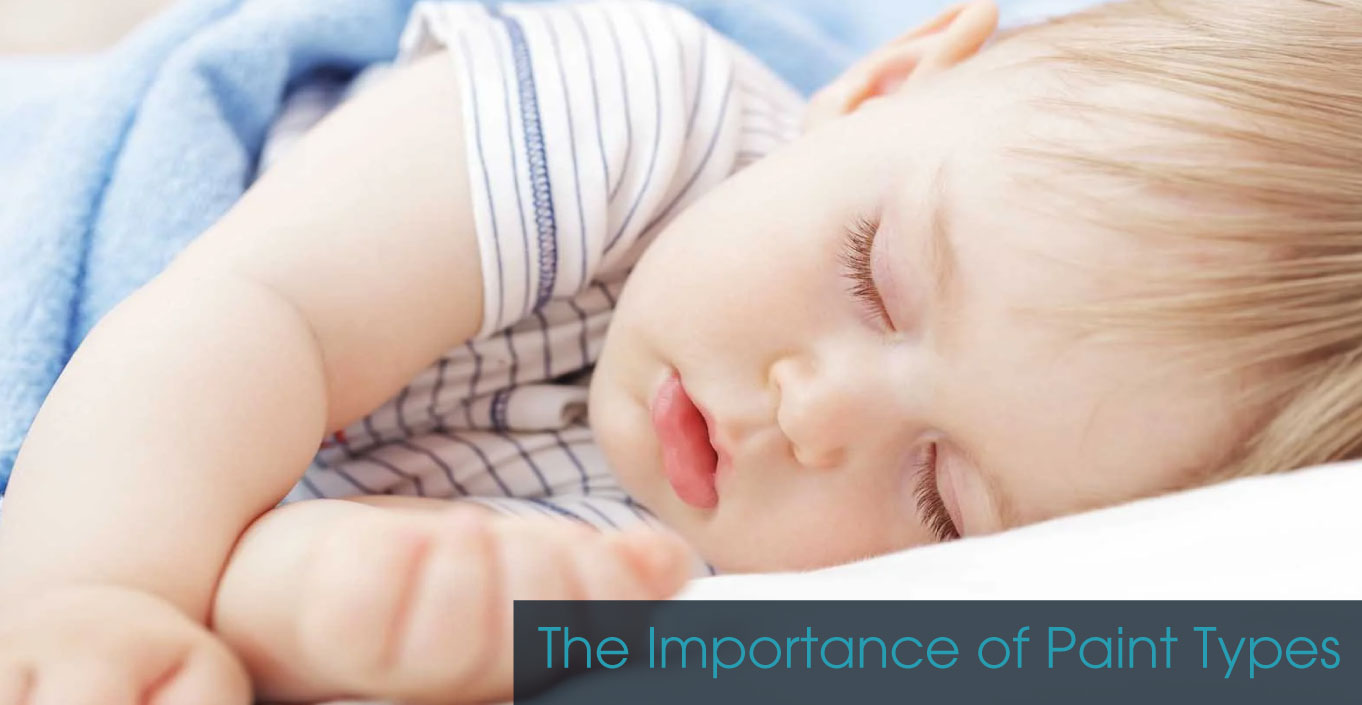Shutter manufacturers have traditionally favoured high VOC paint technologies over the years, such as petroleum-based polyurethanes and nitrocellulose acrylics. More so polyurethane (Two-pack) because of its inherent strength, versatility, and low cost. The high level of solvent in these traditional paint technologies allows the paint to cure very quickly, which is a major advantage for high volume factories for output reasons.
Governments around the world however, are making changes to their laws for VOC’s due to the associated health and safety risks, with countries such as Sweden, and some U.S states all but banning solvent based systems and changing to waterborne technologies in manufacturing. Even China is considering mandating a change away from the current use of high VOC based paints.
SO WHAT ARE VOC’s?
Volatile Organic Compounds have a high enough vapor pressure at ordinary room temperature to significantly vaporise and enter the atmosphere. The accidental release of VOCs into the environment can damage soil and groundwater, however it is the vapours that escape into the air through the application and drying of paint that pose the greatest risk of short-term and long-term adverse health effects, and that’s not even considering the flammability factor. Concentrations of many VOCs are up to ten times higher indoors than outdoors. In simple terms, breathing in VOCs can cause health issues such as headaches, airway inflammation, nausea, and in severe cases affect your kidneys or liver.
Conventional paint technologies have around an 84% VOC solvent content and 16% solids, whilst a typical waterborne paint system has around 70% water, 20% solids and only 10% solvent. By using a waterborne paint with low VOCs, the quality of the air indoors becomes much safer for us to breathe.
- Non-toxic
- Environmentally friendly
- Reduced air emissions
- Coatings have hardness and flexibility
- High heat reflectance
- Excellent colour retention
- No additives, no thinners, no hardeners
- Low flammability
- Provides excellent adhesion
PROS OF WATERBORNE PAINT
CONS OF WATERBORNE PAINT
- More expensive equipment required
- Stainless steel or corrosion resistant applicators
- Longer curing time than traditional paint systems
- Specialised drying equipment required
- More sensitive to temperature and humidity in application
BUYING WATERBORNE PAINTED SHUTTERS – WHAT TO ASK
Decision made, you’re going to invest in waterborne painted shutters. Clearly the cons relate to the application of the paint in manufacturing so you don’t need to consider that when choosing a retailer to buy from right? Waterborne painted shutters are all the same aren’t they?
No, they’re not.
Many small to medium factories and AUSTRALIAN SHUTTER MANUFACTURERS who assemble shutters made from wood, polymer (PVC) and aluminium, don’t have the set up to extrude all these materials from virgin product themselves. They purchase pre-painted profile and components from an extruder and they cut and assemble shutters from this. Neither do they have the expensive paint system set-up to effectively repair damaged surfaces to the same quality of finish as the extruder.
You see waterborne paint has a different viscosity to traditional solvent-borne paints. It handles, tints and sprays differently. Dry, low humidity in the air results in the paint drying too quickly throughout application process so it’s extremely important to apply the paint by a robotic machine. Where a small operator repairs any damaged areas by hand with a spray gun, the paint dries too quickly on application and results in some rough to touch areas of the shutter. The rough feel is tiny particles of paint that have dried before it hit the shutter material.
Most large-scale factories have invested in paint machines and installed spray booths with heated curing rooms and air movement devices to increase production by reducing curing time. Water is corrosive to a variety of metals so these factories use stainless steel pressure tanks, and high quality applicator nozzles on paint machines. Machine application guarantees the exact same distance and speed consistently throughout the paint process so the paint finish is consistent and of the highest quality. These factories not only assemble shutters, they extrude from raw material so they control the supply chain and the quality in all areas of fabrication, unlike the mid size operators mentioned above.
 For peace of mind, check if the factory you are buying from is the extruder of the raw materials and that they use only virgin pellets, not recycled product in the extrusion mix. And do they machine paint the materials themselves?
For peace of mind, check if the factory you are buying from is the extruder of the raw materials and that they use only virgin pellets, not recycled product in the extrusion mix. And do they machine paint the materials themselves?
OPUS polymer shutters are made from only high quality virgin pellets derived from Taiwan. Our factory is large scale and extrudes the materials themselves. We paint by machine using waterborne paint and components are cured in heated rooms, then wrapped in a protective film that is only removed after assembly is complete and prior to packaging. This minimises any risk of damage and maintains the quality of the finish from the very start of the process right though to installation in your home.

